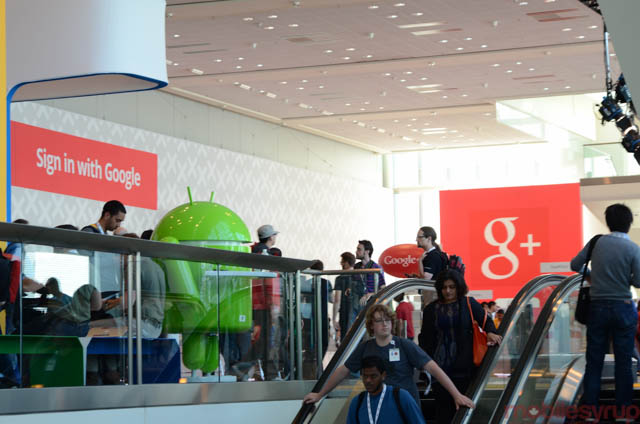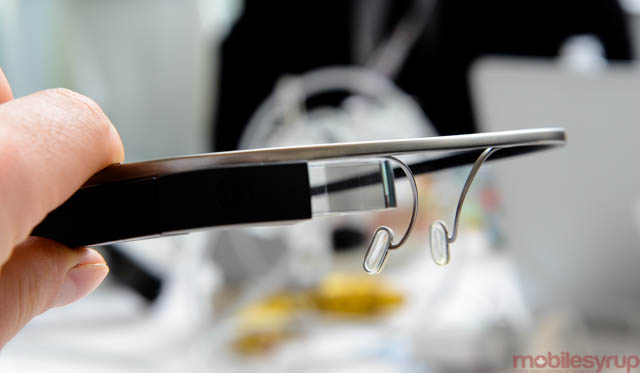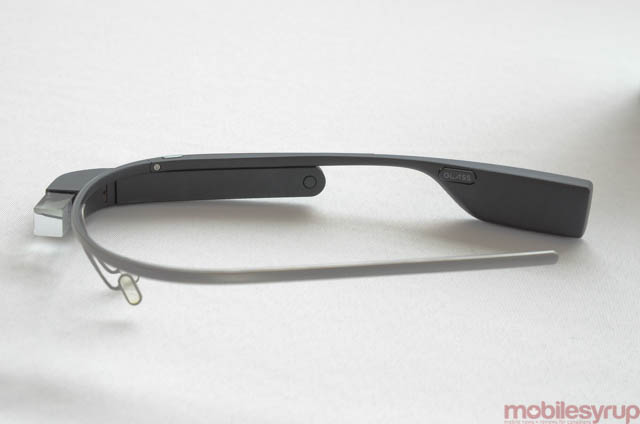
Before I first arrived in San Francisco last week, I had only seen glass on a select number of Google employees, or behind a glass case, preaching the future of computing through its aptly-named pulpit. But for Google I/O this year, it became quickly apparent that any unease I had about seeing this awkwardly-looking construct of glass and metal affixed to peoples’ faces would have to be overcome.
At first, the notion that anyone wearing glass could be photographing or recording me was thoroughly concerning, much like the scuttling of a mouse behind the kitchen cupboard. This wasn’t entirely true, of course: Google had made privacy a primary tenet of Glass’s functionality; any time it is recording video, the eyepiece — the heads-up display through which you view the augmented world — glows a soft yet striking blue. Similarly, it’s not easy to use Glass surreptitiously; you’re constantly looking up and touching the side of your head as if to scratch a spasmodic itch.
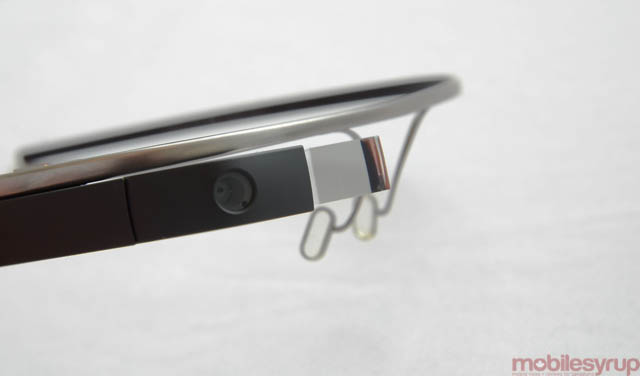
The most bizarre effect of this study, this constant exposure to a completely new form of computing, was how quickly I adapted to its presence. After three days walking with, talking to and laughing at hundreds of Glass owners, it became boringly, scarily normal. This is the speed at which we accept the new forms that technologies take, and the strangeness we feel in their absence, is what astonishes scientists and sociologists alike.
Though Glass is in its first generation, its influence throughout I/O, from the distracted attendees to the workshops on how to build apps, took away from the general underwhelming nature of the three-day conference. Google’s plan was a solid one: return its six year-old developer conference to its roots. No more flashy giveaways; no more product announcements. Though everyone (including myself) received a Chromebook Pixel, a browser stuck inside a stunningly-crafted piece of aluminum, there would be no new Android version, no LTE Nexus 4, no Nexus 7S.
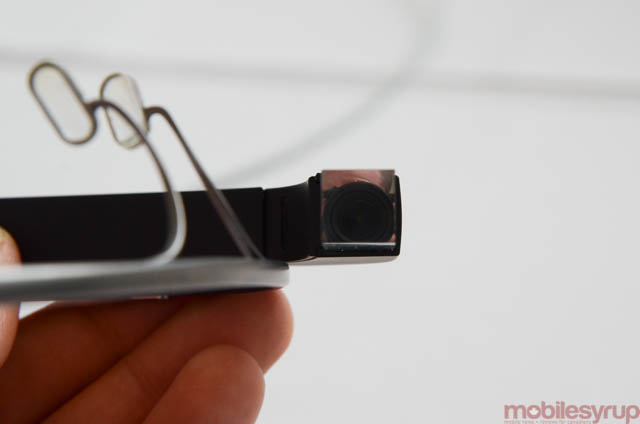
Like Glass, Android’s omnipresence filtered into every networking and developer session, despite Google’s more casual approach to the world’s most popular mobile OS this year. Though there was no new version announced, Google did something remarkable: it updated every Android phone, some 900 million of them running Froyo and up, without carrier or OEM involvement. It did this through a remarkable, and largely unknown, back-end feature called Google Play Services.
The app itself showed up out of the blue earlier this year, as part of an update to Google Play itself. It allows the company to push behind-the-scenes service updates, in the form of new APIs or features, to every phone that supports it. In a way, it’s fulfilling the promise laid out two years ago at I/O, when Google ensured users and developers that it would figure out a way to manage disparate software updates. While it still hasn’t done quite that, being able to, say, give 900 million people access to Play Games, a new multiplayer and saved game-synchronization framework, without the assistance of the carriers, is a remarkable achievement.
But new APIs does not an OS update make. For that, we’ll have to wait what appears to be a short delta between the end of I/O and Google’s next consumer-facing event, at which the company is expected to announce Android 4.3 and a series of new hardware pieces.
I had the chance to speak to a number of developers excited for the future of Android. Not only is it far easier to create apps today than it was last year, with more comprehensive design guidelines and a new development environment, Android Studio, that promises to be more user-friendly, especially when it comes to implementing those designs across screen sizes.
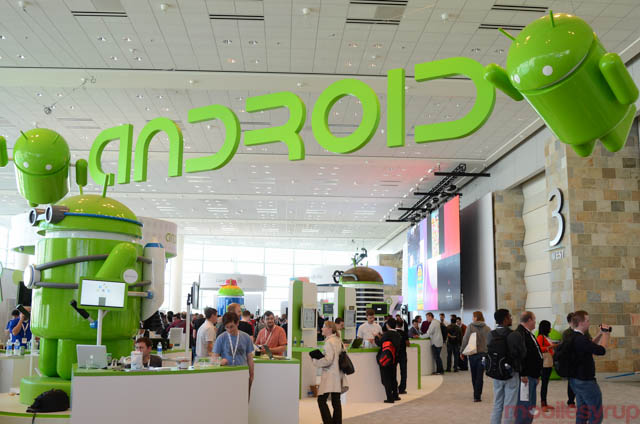
That brings me to another aspect of the conference that got heavy wordplay: tablets. Now that the smartphone ecosystem has been fleshed out, with most major app releases coming simultaneously on iOS and Android, Google is attempting to convince devs that building for larger form factors, namely 7-, 8- and 10-inch tablets, is a sustainable business proposition going forward. The latest numbers show that Android tablets are indeed selling, but the paucity of quality apps is still the biggest factor in limiting adoption numbers. Slates are becoming more powerful even as they lower in price, and with the iPad, even the mini, remaining in an untenable price range for many consumers, Android is there to fill the gap.
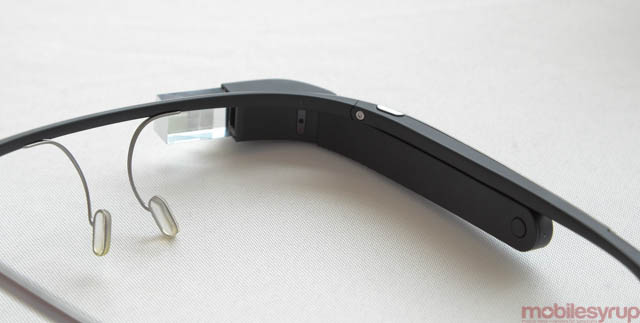
But this year, the star attendee at Google I/O was Glass, the impossibly cool and ridiculously expensive developer demo that will change the way we communicate.
Like Android 1.0, or even 2.0, interacting with Glass feels clumsy, often silly, but these issues will be resolved. So will the poor screen resolution and underwhelming battery life, which many early adopters cite as the limiters of its mainstream appeal. As it stands, however, developers are clambering to build apps, even if they have to be free, both in price and from ads.
Twitter, Facebook, Tumblr, Evernote, NY Times, Path — these big name technology firms have all released or promised apps for Glass, and there are many more to come. Like a smart watch, Glass requires a direct connection to a data-enabled smartphone to be fully functional, but this too will change in time.
I briefly had the opportunity to put on a friend’s pair, and in minutes I was querying Google, obtaining directions to an upcoming party, snapping photos and swiping away Google Now Cards. Even in its brief life, Glass has become indispensable to its thousands of wearers, far more than just an expensive toy that will be discarded with the Google Waves and Buzzes of the world.
Glass also offers a wealth of privacy matters to consider and overcome. More than once I found myself standing next to someone wearing Glass at the urinal, and that is one of many examples of potentially-awkward scenarios. While it’s difficult to snap a photo or record video without oneself becoming conspicuous, the promise of custom firmware to remove these restrictions, along with society’s own growing comfort with the presence of wearable technology, will continue to erode the potential for public invisibility.
Google Glass is itself a product of a general of people in need of constant distraction and unceasing streams of full-duplex information. As easily as sharing a photo, I can pull up directions and purchase a movie ticket.
This year’s Google I/O felt calmer, less immediate than in previous years. Though we lost the immediate thrill of product announcements and version updates, it became bitingly clear that Google can still thrill us, even if this year they were less bombastic.
MobileSyrup may earn a commission from purchases made via our links, which helps fund the journalism we provide free on our website. These links do not influence our editorial content. Support us here.

